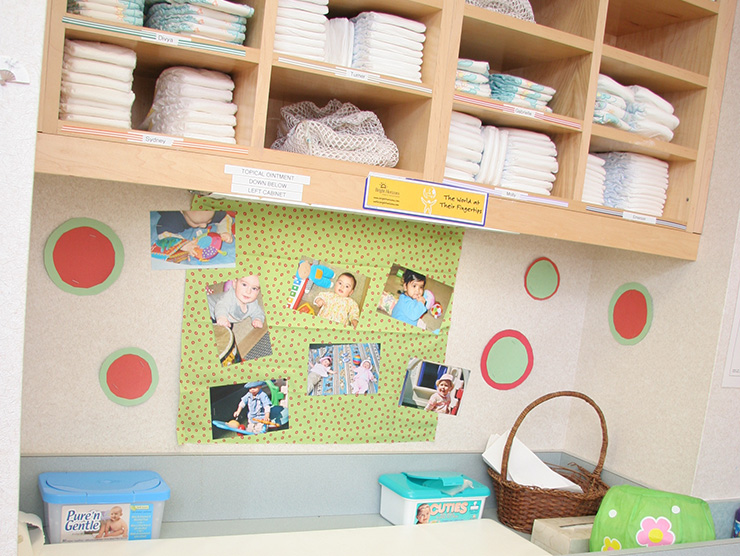Unleashing the Power of your Talent Management Approach
There's clearly power in this approach. This week we graduated 60 of our rising stars at Bright Horizons from our one year Growing Leaders Program, the first time a program at this level was offered to our corporate employees. The enthusiasm was unmistakable and the ROI of these programs is coming in at over 800% through our integrated Metrics that Matter evaluations. It feels like the tip of the iceberg. Some thoughts on how to unleash the power of your talent-management processes:Think platforms not programs
Take a critical look at your talent-management programs with a view to solidifying and enabling the connections between all parts of the process. This will significantly increase the ROI of your organizational development efforts.
Make sure your technology is supporting your message
Does your technology allow for the transfer of information from your performance, succession, learning and collaboration spaces? Does its design make these connections obvious to employees? If not, you're missing a huge potential. When deployed successfully, technology can be an important strategic partner in this effort.
Don't assume employees see the connection
Make sure to repeatedly communicate the links between skills and future roles. Employees only have a limited amount of time to develop themselves every day. If they know that what we are working on matters to the organization, they're going to sit up and take notice.
Provide managers with new tools
Managers can be overwhelmed by conversations about what employees are capable of and how they'll get there. Provide them with talking points, training, and video vignettes on how to have these conversations -- and how to realize employees' dreams and potential.
The Critical Role of a Good Talent Management Process
Our own experiences with Growing Leaders led me to regret taking so long to start this process. The level of talent and enthusiasm palpable in every session was something we should have tapped into years ago. It also led me to reflect on the recent trend to eliminate annual performance reviews in organizations. I certainly support a greater focus on conversations rather than process, but some form of structured and integrated talent management process still has an important role to play both for developing great talent and to help employees focus on doing the things they need to do to develop and engage with an organization.At Bright Horizons, our efforts have not gone unnoticed. This past weekend our Bright Horizons Learning Services team was awarded a "Learning in Practice" award at CLO Symposium for new supervisor reporting tools including a "snap-shot" to view and manage employee performance, succession planning, and learning information all in one place. Not only do our new tools provide rich data, they send an important message: that training and development are highly connected to employees' -- and so the organization's -- goals. And that has benefits for everybody.





